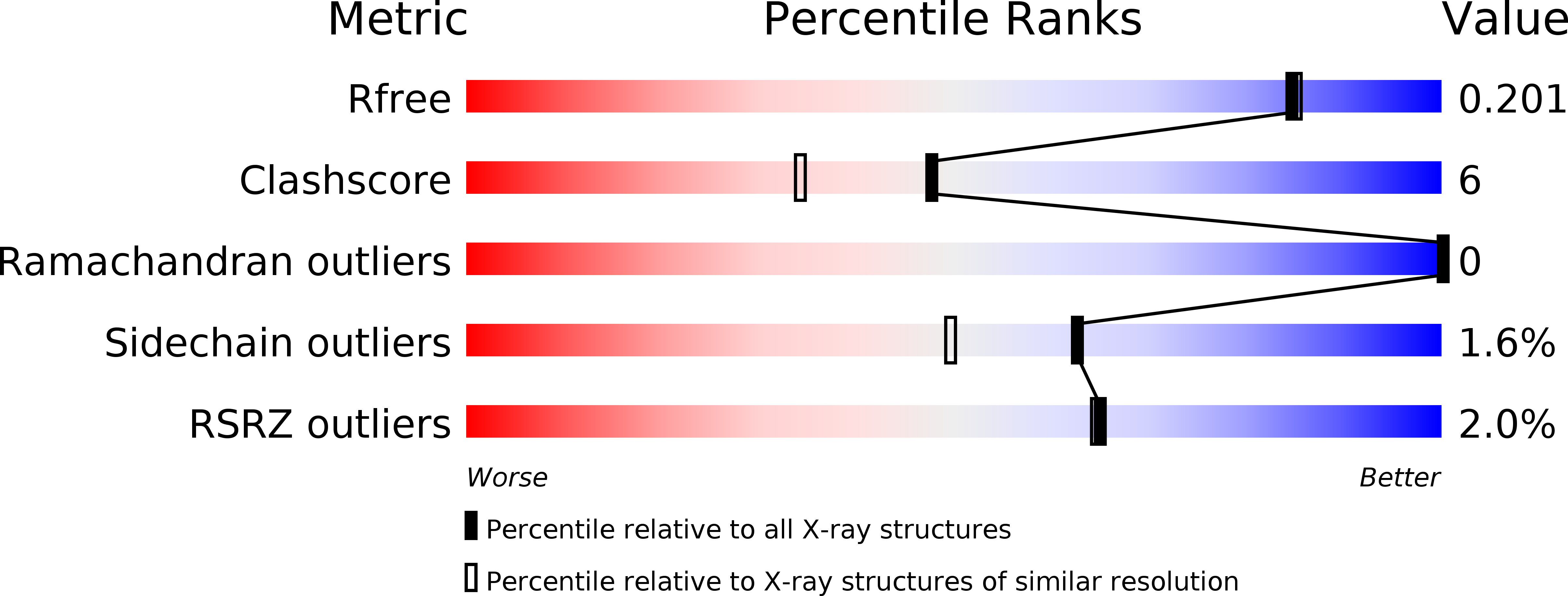
Deposition Date
2007-11-12
Release Date
2007-12-18
Last Version Date
2023-11-15
Entry Detail
PDB ID:
3BCB
Keywords:
Title:
Crystal structure of mouse selenocysteine synthase, sodium phosphate soak
Biological Source:
Source Organism:
Mus musculus (Taxon ID: 10090)
Host Organism:
Method Details:
Experimental Method:
Resolution:
1.85 Å
R-Value Free:
0.20
R-Value Work:
0.16
R-Value Observed:
0.16
Space Group:
I 2 2 2


